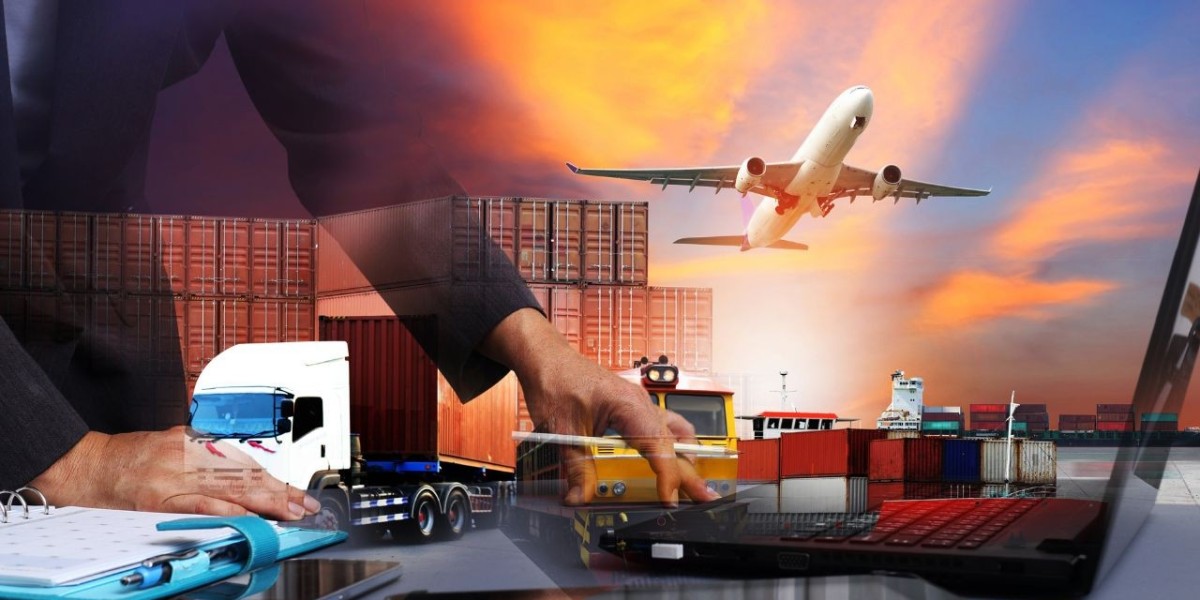Entering the international market can be a great way to expand your business, increase revenue, and gain a global presence. However, exporting your products requires careful planning, knowledge of regulations, and the right strategy to ensure success. Whether you are a small business owner or an established brand looking to expand your reach, starting the export process can seem overwhelming, but with the right steps, you can navigate this journey smoothly.
Here’s a step-by-step guide to help you start exporting your products to international markets.
Research Potential Markets
Before you begin exporting, it’s crucial to conduct thorough market research to identify the most suitable international markets for your products. Consider factors like demand, competition, market trends, and economic stability in different regions.
Key Steps for Market Research:
Identify countries with high demand for your products.
Study import regulations, tariffs, and cultural preferences.
Analyze competitors in the target market and identify your product’s unique value proposition.
Use trade data from resources like Trade Map or the World Bank’s Doing Business Index to gauge market potential.
Understanding where your products are needed most will help you focus your resources on markets that offer the best opportunities for success.
Obtain Necessary Export Licenses and Permits
To legally export products, you need to comply with both domestic and international regulations. Each country has its own set of rules, so it’s important to familiarize yourself with the necessary documentation and licenses required for your specific product category.
Key Documents Include:
Export licenses: Some products, such as technology or military goods, may require special export licenses.
Certificates of origin: This document certifies the country in which your goods were produced and may be required by the importing country.
Commercial invoices and packing lists: Ensure that all shipping documents are accurate and complete to avoid delays at customs.
For businesses in India, obtaining an Export House Certificate can be a significant advantage. This certificate is awarded to businesses that meet certain export performance criteria and offers benefits like priority clearance and access to government schemes, making the export process smoother and more efficient.
Understand International Trade Laws and Regulations
When exporting, you’ll need to comply with international trade regulations, including customs laws, tariffs, and import restrictions. Every country has specific trade agreements, which may influence the duties and taxes imposed on your goods.
Key Considerations:
Check if there are Free Trade Agreements (FTAs) between your country and the target market, as FTAs can reduce tariffs or eliminate certain barriers to entry.
Understand the import duties, taxes, and compliance requirements in your destination country.
Familiarize yourself with international shipping regulations to ensure that your products are transported smoothly.
Working with a customs broker can help simplify the process, as they have in-depth knowledge of international trade laws and can handle customs clearance on your behalf.
Set Competitive Pricing
Pricing your products competitively in international markets is essential for success. The price should reflect not only the cost of production but also international shipping fees, taxes, tariffs, and any currency exchange fluctuations.
Key Pricing Strategies:
Research the pricing strategies of your competitors in the target market.
Factor in all costs related to exporting, including transportation, customs duties, and any local taxes.
Adjust pricing to accommodate for potential currency risks and fluctuations.
By setting a price that is competitive yet profitable, you will stand a better chance of gaining traction in international markets.
Choose the Right Distribution Channels
Choosing the right distribution channels is key to ensuring that your products reach your international customers efficiently. Depending on the size of your business and the target market, you can either partner with local distributors or sell directly to customers.
Distribution Options Include:
Partnering with local distributors or agents: This is one of the most common ways for small and medium-sized businesses to enter foreign markets. A local partner understands the market and can help with logistics, marketing, and sales.
Direct exporting: Selling directly to consumers through your own website or global e-commerce platforms like Amazon or Alibaba can be a cost-effective option for businesses with smaller product lines.
Setting up local offices or warehouses: For larger businesses, establishing a local presence in the form of offices or warehouses can streamline operations and improve customer service.
Develop a Strong Marketing Strategy
Marketing your products in international markets requires careful attention to cultural differences and local consumer behaviour. A tailored marketing strategy will help you connect with your target audience and build brand recognition.
Key Marketing Tips:
Localize your website and marketing materials to the language and cultural preferences of the market.
Use social media platforms that are popular in the target region to reach local customers.
Participate in international trade fairs or exhibitions to showcase your products to potential buyers.
Additionally, building an online presence on global marketplaces can help boost brand visibility and attract international customers.
Manage Logistics and Supply Chain
Ensuring that your products are delivered on time and in good condition is crucial to maintaining customer satisfaction. You need to establish reliable shipping and logistics channels that can handle the demands of international trade.
Logistics Considerations:
Choose a reputable freight forwarder or logistics company that has experience in international shipping.
Make sure your packaging complies with international shipping standards to prevent damage during transit.
Track shipments and maintain communication with both the customer and logistics provider to ensure smooth delivery.
A strong logistics network will help ensure that your products reach international customers efficiently and cost-effectively.
Conclusion
Starting an export business can open up a world of opportunities for your company, but it requires careful planning and execution. From researching potential markets to obtaining necessary certifications like the Export House Certificate, there are many steps involved in the process. By following the outlined steps and staying informed about international trade regulations, you can successfully introduce your products to global markets and expand your business’s reach.









